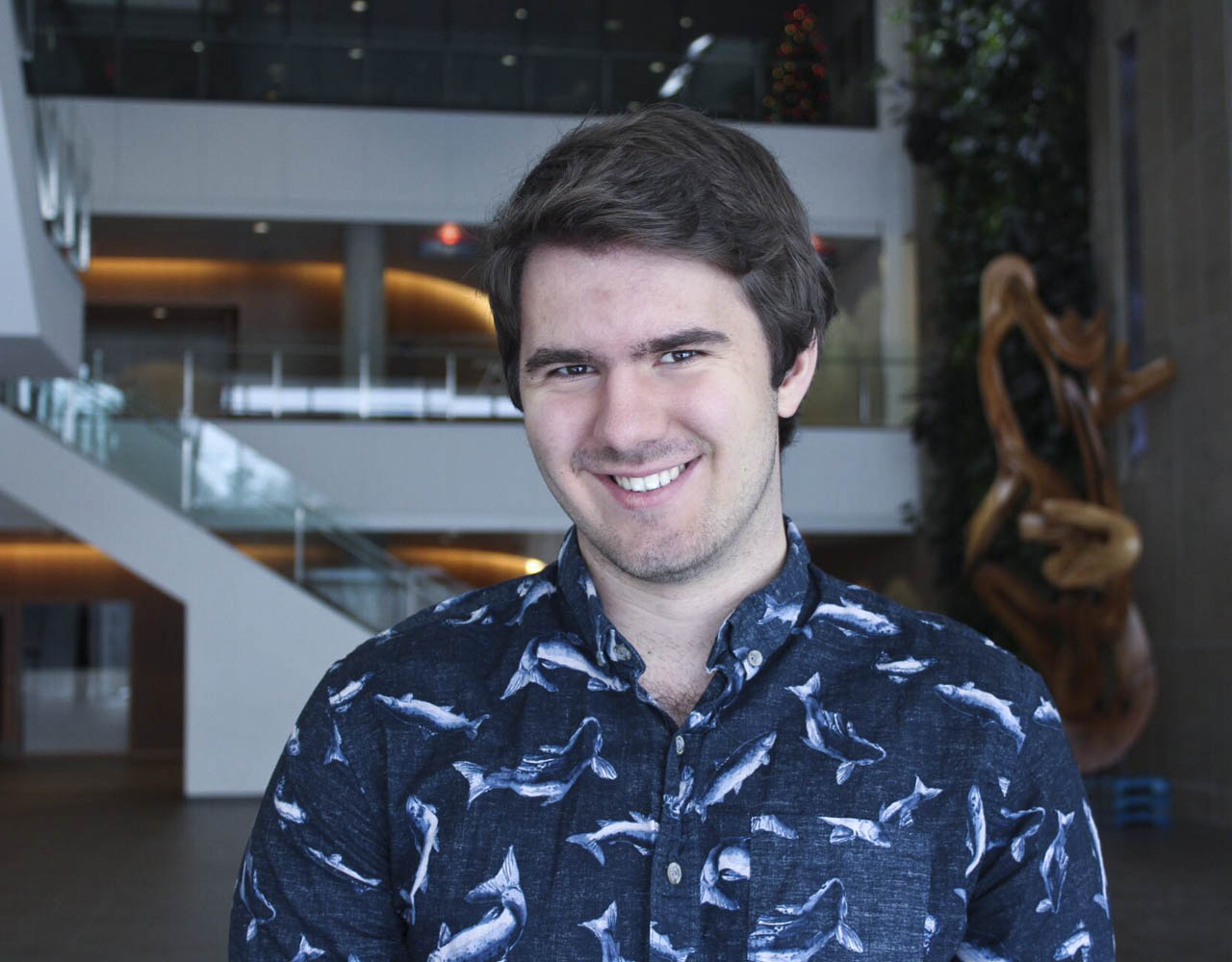When I came out in Grade 10, the idea of Pride festivities sounded too good to be true. After all, what’s not to love about an event where I could be my true self, without fear of judgment from others?
Before attending my first Pride, I thought Pride would allow me to connect with other gay youth in my area, while also expanding my friend group—which at the time I desperately needed. I thought attending Pride would help me understand more about myself and the community that I was now a member of—and it certainly did not disappoint.
But years later, after attending Toronto Pride, Capital Pride, and Fierté Montréal, I realized that Pride is not at all perfect, and has some serious issues that I believe are important to address and discuss.
Pride itself feels extremely corporate and heavily sponsored. People everywhere, in and out of the community, try to commodify the rainbow symbol and the various Pride flags in order to make a profit. They do this without giving back to queer community organizations or spreading a message other than the typical “be proud to be you.” Apparel companies Adidas and Nike are two notable examples of this.
In Adidas’ Pride Pack collection, no mention is made regarding the donation of profits, not even a portion, back to community organizations—nor does it display a slogan that goes beyond “proud to be you” or “love wins.”
In essence, clothing brands like Adidas use this type of faux-activism to win over the hearts and pockets of people both in and out of the community, without actually committing to real historical recognition or activism for change in the future.
It seems to me that Pride is also missing out on an opportunity to bring the community together in a meaningful way that could improve the lives of LGBTQ+ people across Canada.
To this day, Pride’s advertised façade remains largely white, cisgender, fit, and masculine. We are still far from achieving equality even within our own community. Pride continues to insist that it loves queers of all shapes, abilities, ethnicities, and colours, but if anything, it just likes them merely as a friend.
Pride was started by transgender women of colour as a political protest for gay liberation. It is shameful that trans people and people of colour are not recognized to the same extent as white men during Pride festivities.
Put simply, Pride requires a culture shift if we hope to enjoy full inclusivity during Pride events.
This shift could consist of increasing funding and resources for events that celebrate trans people and people of colour, growing a culture of acknowledgement and respect for those who identify as non-binary or other gender non-conforming identities, and ensuring businesses who sell Pride-related merchandise donate at least a portion of their profits to local queer community organizations.
I do not want this article to be perceived as a criticism of everything Pride.
My hope is that this letter encourages discussion about the role that Pride plays in the celebration of who we are, which can lead to further progression of our rights both here in Canada and around the world.
I hope that Pride event organizers meet with grassroots community organizations and remember the people that got us to where we are today.






